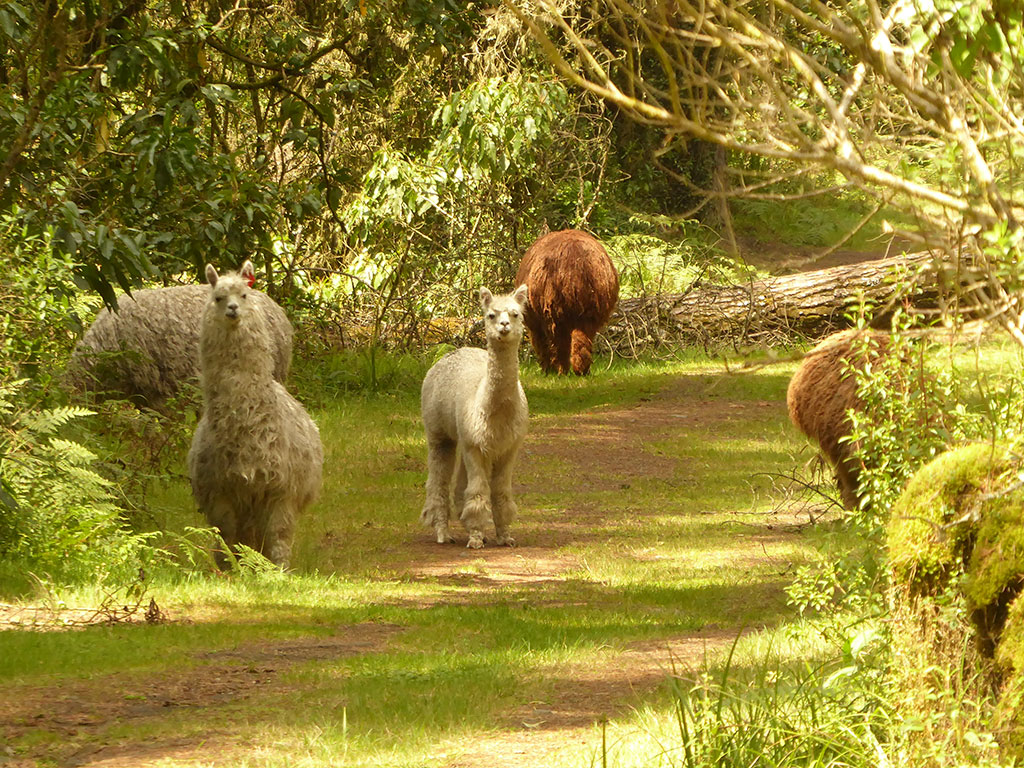El Boliche
El Boliche, located between the boundary of the provinces of Pichincha and Cotopaxi, is part of the 50 protected areas of the country. It has an area of 400 hectares and has several tourist facilities such as camping and picnic areas, with specific spaces for campfires; playground for children.
History. Several years ago, El Boliche was part of a large Hacienda called Romerillos, in which the first introduced trees were planted, in order to recover the eroded soils. But it was in 1928, that Luciano Andrade Marín planted the first pines, as part of an adaptation experiment converting Ecuador of that time into one of the pioneers in reforestation.
In that sense, Rafael Cevallos, park ranger of El Boliche, who works in the area for nearly 30 years, explained that this space before being a reserve was an experimental site. "Pine was introduced from Chile and California to verify if the plant was suitable for the height of the site," he said. Now, the nature reserve is known for its extensive pine and cypress plantation, which covers approximately 200 hectares. Sites of natural interest Among the sites of greatest natural interest is the Quishuar trail, which has a distance of 320 meters and in which the difference in vegetation can be clearly identified, since there is a contrast between the pine forests planted 86 years ago and the native forest of the Andean páramo; It takes about 40 minutes to cover it. But if you want to discover more about the native flora and fauna, the ideal thing is to visit the Romerillo trail, which is more extensive, since it has 1.3 kilometers and it lasts about an hour and a half.
How to get here, from Quinta Los Duendes, check out our local map with information, click here
Boliche NP,Cotopaxi NP, Latacunga,Quilotoa, Saquisili Market, Tilipulo, Zumbahua, Cunuyacu,
Pines and other trees surround the walks.
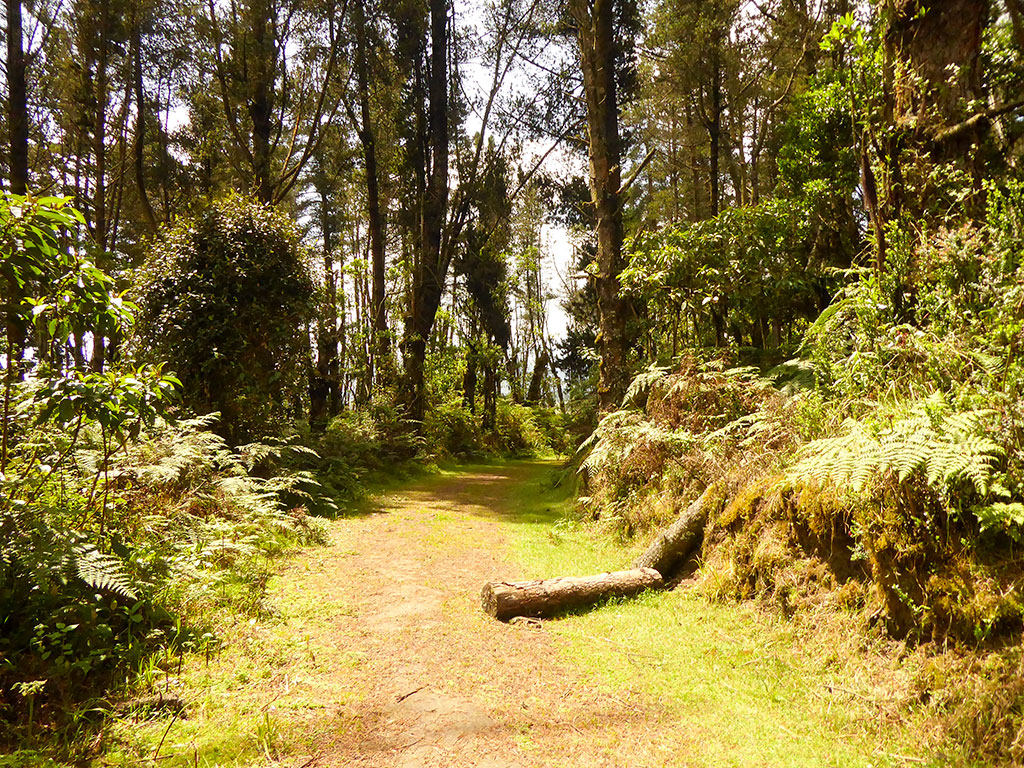
The train arrives daily from Quito
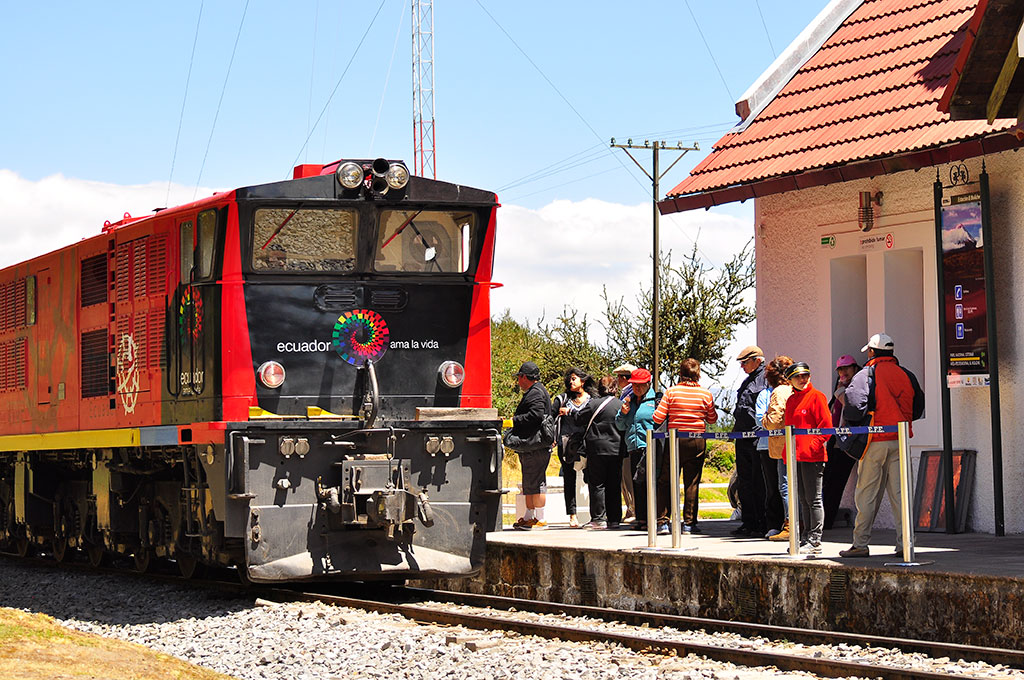
Part of the childrens playground
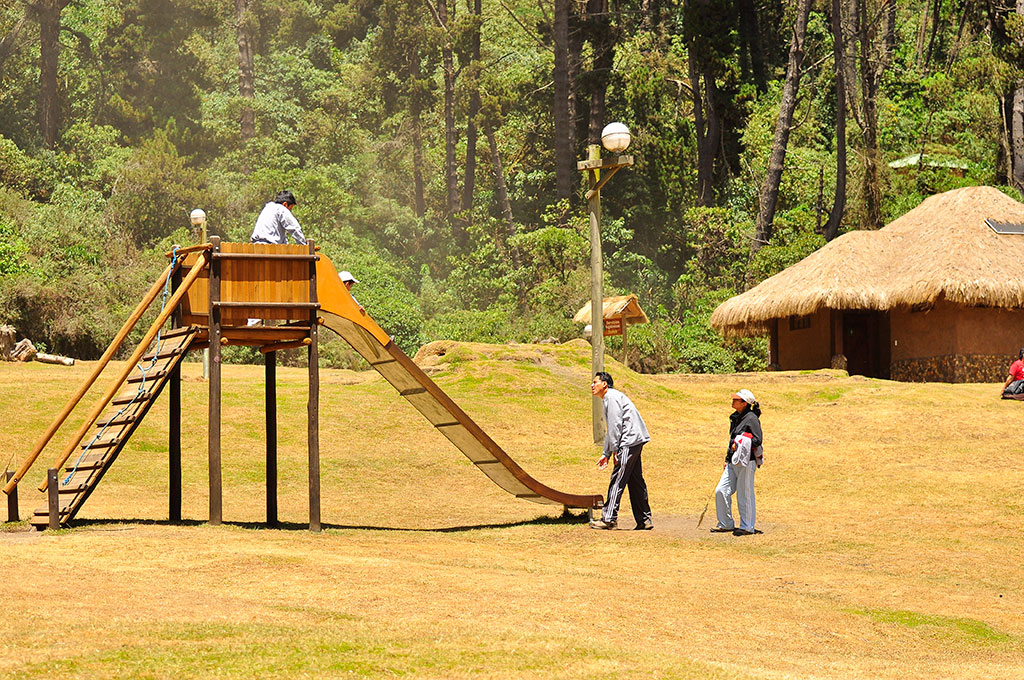
Huge pine trees.
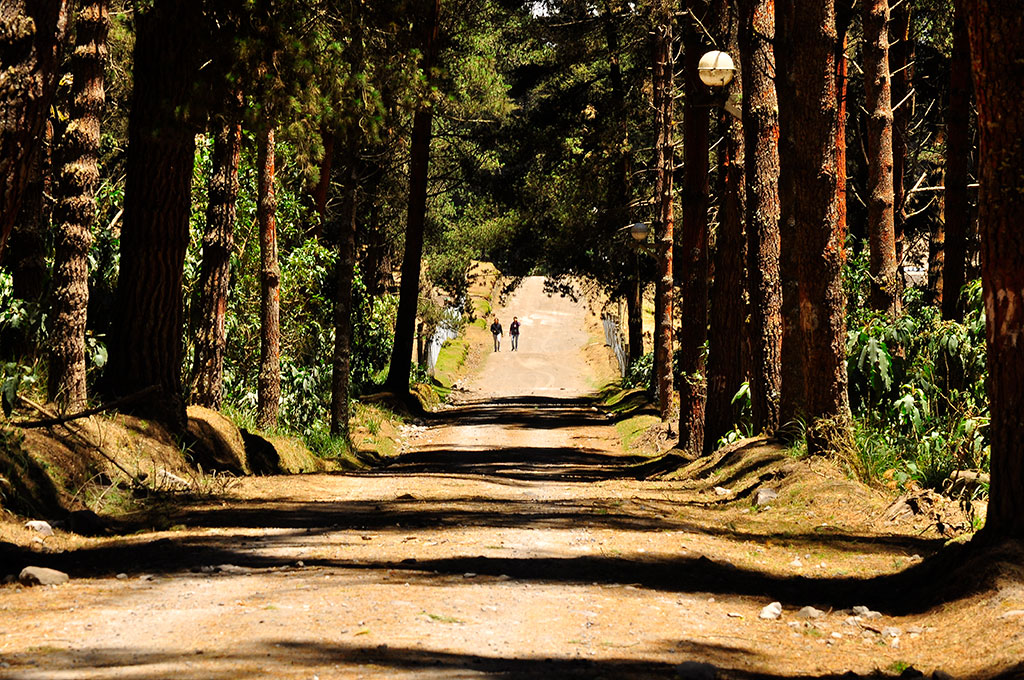
Alpacas live wild in the nature reserve
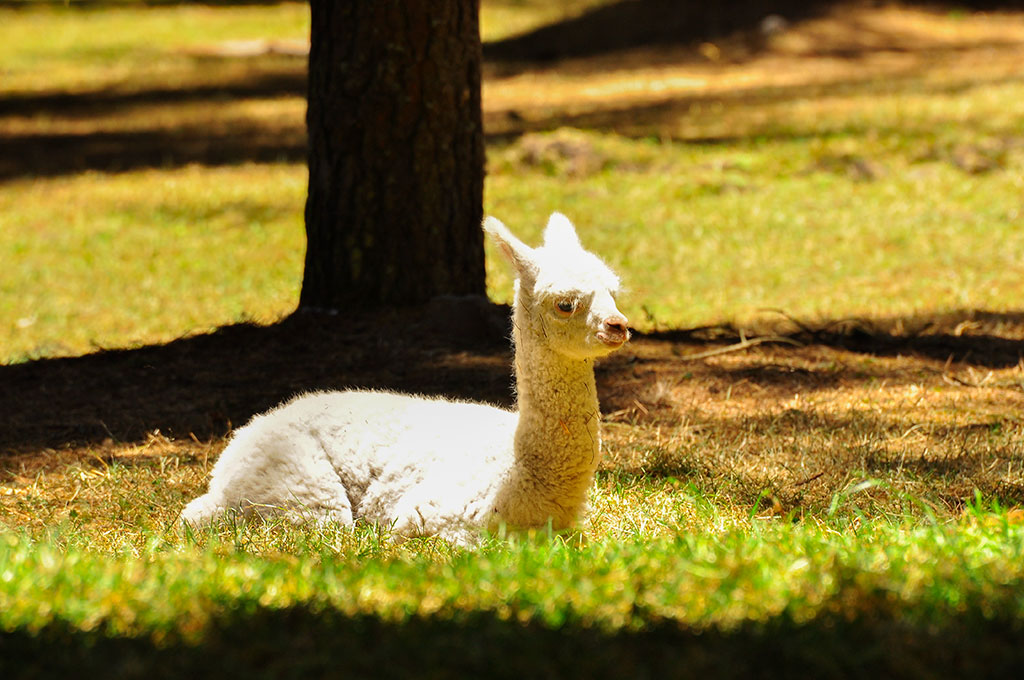
As well as plenty of rabbits
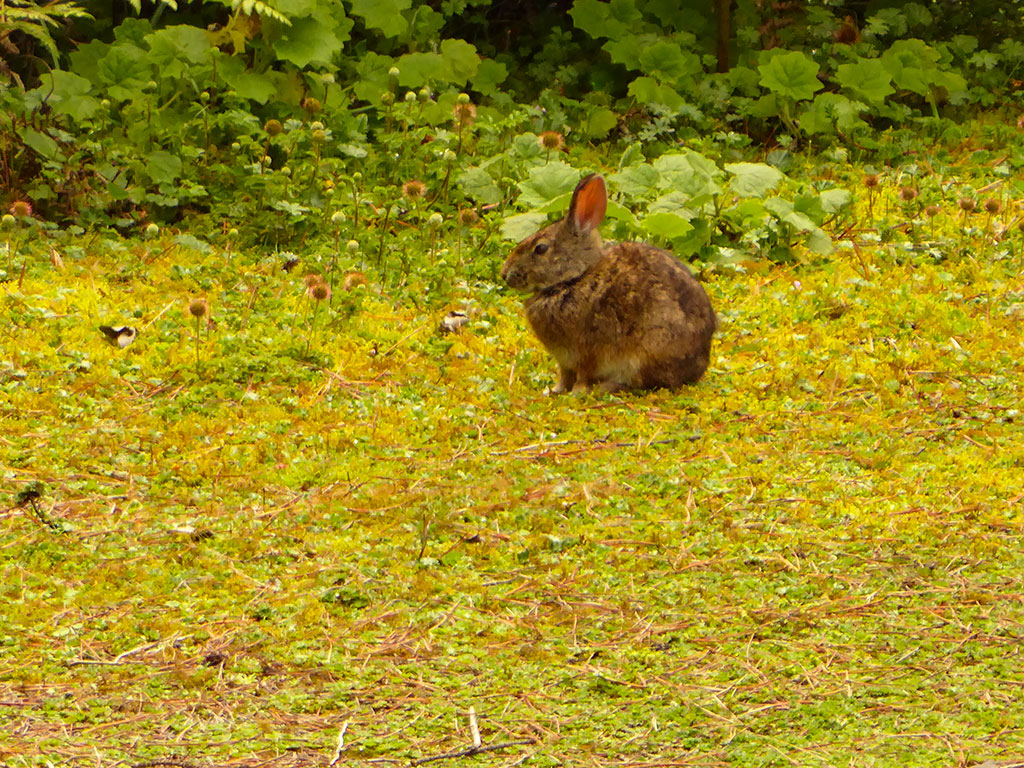
Some stunning walks
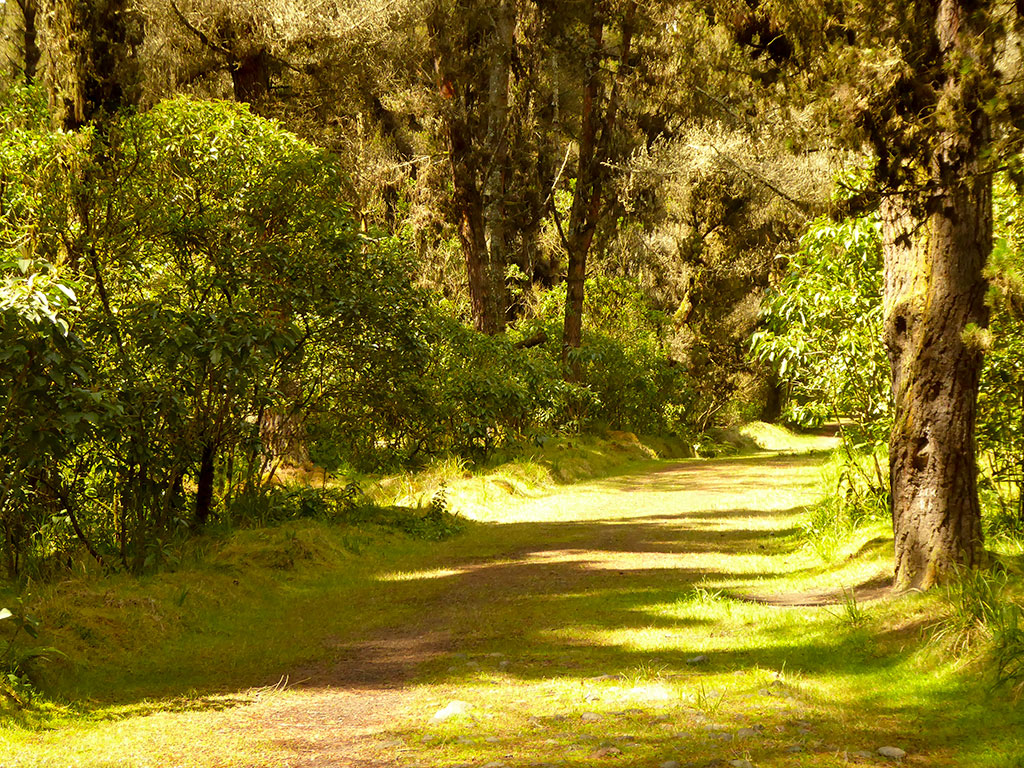
Local wildlife
